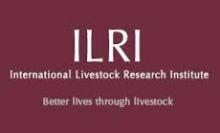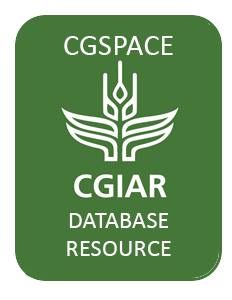Location
Vision, mission and strategy
ILRI's strategy 2013-2022 was approved in December 2012. It emerged from a wide processof consultation and engagement.
ILRI envisions... a world where all people have access to enough food and livelihood options to fulfil their potential.
ILRI’s mission is... to improve food and nutritional security and to reduce poverty in developing countries through research for efficient, safe and sustainable use of livestock—ensuring better lives through livestock.
ILRI’s three strategic objectives are:
- with partners, to develop, test, adapt and promote science-based practices that—being sustainable and scalable—achieve better lives through livestock.
- with partners,to provide compelling scientific evidence in ways that persuade decision-makers—from farms to boardrooms and parliaments—that smarter policies and bigger livestock investments can deliver significant socio-economic, health and environmental dividends to both poor nations and households.
- with partners,to increase capacity among ILRI’s key stakeholders to make better use of livestock science and investments for better lives through livestock.
This is ILRI’s second ten-year strategy. It incorporates a number of changes, many based on learning from the previous strategy (2000–2010, initially produced in 2000 and modified in 2002), an interim strategy (2011–2012) and an assessment of the external and internal environments in which the institute operates.
Members:
Resources
Displaying 71 - 75 of 1152Using electronic syndromic surveillance system to collect animal health and meat inspection records in Marsabit County, Kenya
Introduction: An electronic syndromic surveillance system for collecting, collating and analysing animal health and meat inspection records in Marsabit County, Kenya has been developed.
Baseline survey report for the Regional Pastoral Livelihoods Resilience Project in Ethiopia
Policy dialogue on county spatial planning to support rangeland‐based development in northern Kenya and the frontier counties
Land use affects total dissolved nitrogen and nitrate concentrations in tropical montane streams in Kenya
African tropical montane forests are facing fast and dynamic changes in land use. However, the impacts of these changes on stream water quality are understudied. This paper aims at assessing the effect of land use and physical catchment characteristics on stream water concentrations of dissolved organic carbon (DOC), total dissolved nitrogen (TDN), nitrate (NO3-N) and dissolved organic nitrogen (DON) in the Mau Forest, the largest tropical montane forest in Kenya.


